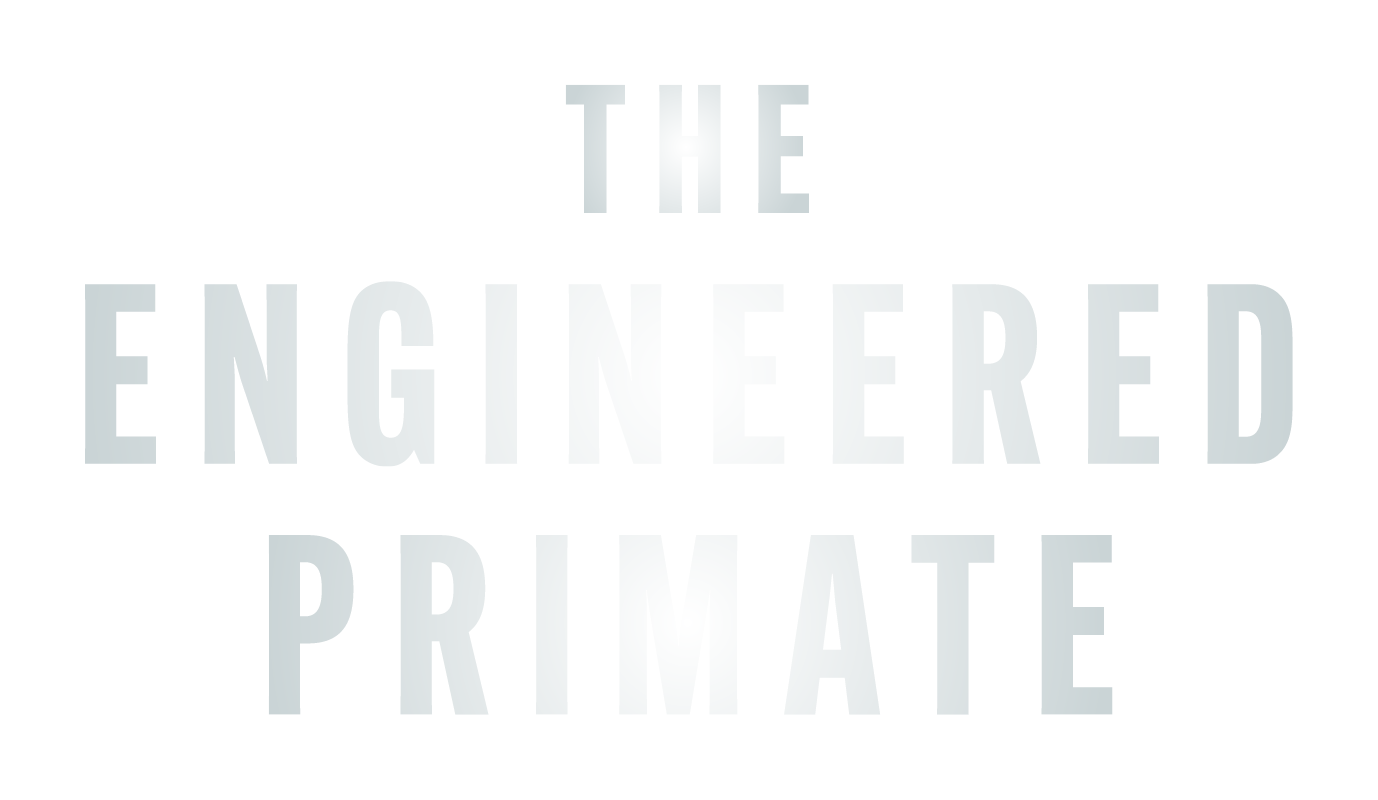Fullness vs. Heaviness – Understanding the Difference
Gropper, S. S., Smith, J. L., & Carr, T. P. (2016). Advanced Nutrition and Human Metabolism. Cengage Learning.
Explores the physiological mechanisms of satiety and nutrient digestion.
Guyton, A. C. & Hall, J. E. (2016). Textbook of Medical Physiology. Elsevier.
Provides an in-depth look at digestive processes and satiety signalling.
Slavin, J. L. (2005). “Dietary fibre and body weight regulation.” Nutrition, 21(3), 411–418.
Highlights how dietary fibre promotes fullness by slowing digestion, enhancing gastric distension, and stabilising energy release, contributing to improved appetite control and weight regulation.
Anderson, J. W., Baird, P., Davis, R. H., et al. (2009). “Health benefits of dietary fiber.” Nutrition Reviews, 67(4), 188–205.
Explores fibre’s role in increasing satiety by slowing digestion, promoting gut hormone release, and enhancing gastric distension, thereby preventing overconsumption and supporting weight management.
Holt, S. H., Miller, J. C., Petocz, P., et al. (1995). “A satiety index of common foods.” European Journal of Clinical Nutrition, 49(9), 675–690.
Ranks foods based on their ability to produce feelings of fullness, comparing plant- and animal-based options, and highlighting the role of fibre and macronutrient composition in satiety regulation.
Blundell, J. E., Caudwell, P., Miles, A., et al. (2010). “Appetite control: Methodological aspects of the evaluation of foods.” Obesity Reviews, 11(3), 251–270.
Discusses how the physical and metabolic effort required to digest different foods influences perceptions of fullness and heaviness, highlighting the role of fibre, macronutrient composition, and energy density in appetite regulation.
Schwartz, M. W., Seeley, R. J., Zeltser, L. M., et al. (2017). “Insulin and leptin in the control of energy balance.” Cell Metabolism, 26(2), 312–327.
Discusses how leptin and insulin regulate hunger and fullness through feedback loops, highlighting their roles in energy homeostasis, appetite suppression, and metabolic adaptation.
Frost, G., Sleeth, M. L., Sahuri-Arisoylu, M., et al. (2014). “The short-chain fatty acid acetate reduces appetite via a central homeostatic mechanism.” Nature Communications, 5, 3611.
Examines how microbial byproducts like short-chain fatty acids (SCFAs), particularly acetate, influence satiety signals by modulating central homeostatic mechanisms and appetite regulation.
Cryan, J. F., & Dinan, T. G. (2012). “Mind-altering microorganisms: The impact of the gut microbiota on brain and behaviour.” Nature Reviews Neuroscience, 13(10), 701–712.
Highlights the role of gut microbiota in modulating hunger and satiety hormones, demonstrating how microbial interactions influence appetite regulation, energy balance, and overall metabolic health.
Sonnenburg, E. D., & Sonnenburg, J. L. (2014). “Starving our microbial self: The deleterious consequences of a diet deficient in fibre.” Nature Reviews Microbiology, 12(4), 259–269.
Discusses how dietary fibre supports gut microbial diversity and satiety regulation, highlighting the negative consequences of fibre deficiency on microbiota composition, metabolic health, and appetite control.
Flint, H. J., Scott, K. P., Duncan, S. H., et al. (2012). “Microbial degradation of complex carbohydrates in the gut.” Gut Microbes, 3(4), 289–306.
Explores how fibre fermentation by gut bacteria produces short-chain fatty acids (SCFAs), which influence appetite regulation and energy balance through gut-brain signalling and metabolic pathways.
Turnbaugh, P. J., Ley, R. E., Hamady, M., et al. (2007). “The human microbiome project: Exploring the microbial part of ourselves.” Nature, 449(7164), 804–810.
Highlights how modern diets disrupt gut microbiota composition, impairing natural satiety mechanisms by altering microbial diversity, short-chain fatty acid production, and gut-brain signalling.
Hall, K. D., Ayuketah, A., Brychta, R., et al. (2019). “Ultra-processed diets cause excess calorie intake and weight gain.” Cell Metabolism, 30(1), 67–77.
Demonstrates how ultra-processed foods bypass natural satiety mechanisms, leading to increased calorie intake, reduced hunger regulation, and a higher risk of overeating and weight gain.
